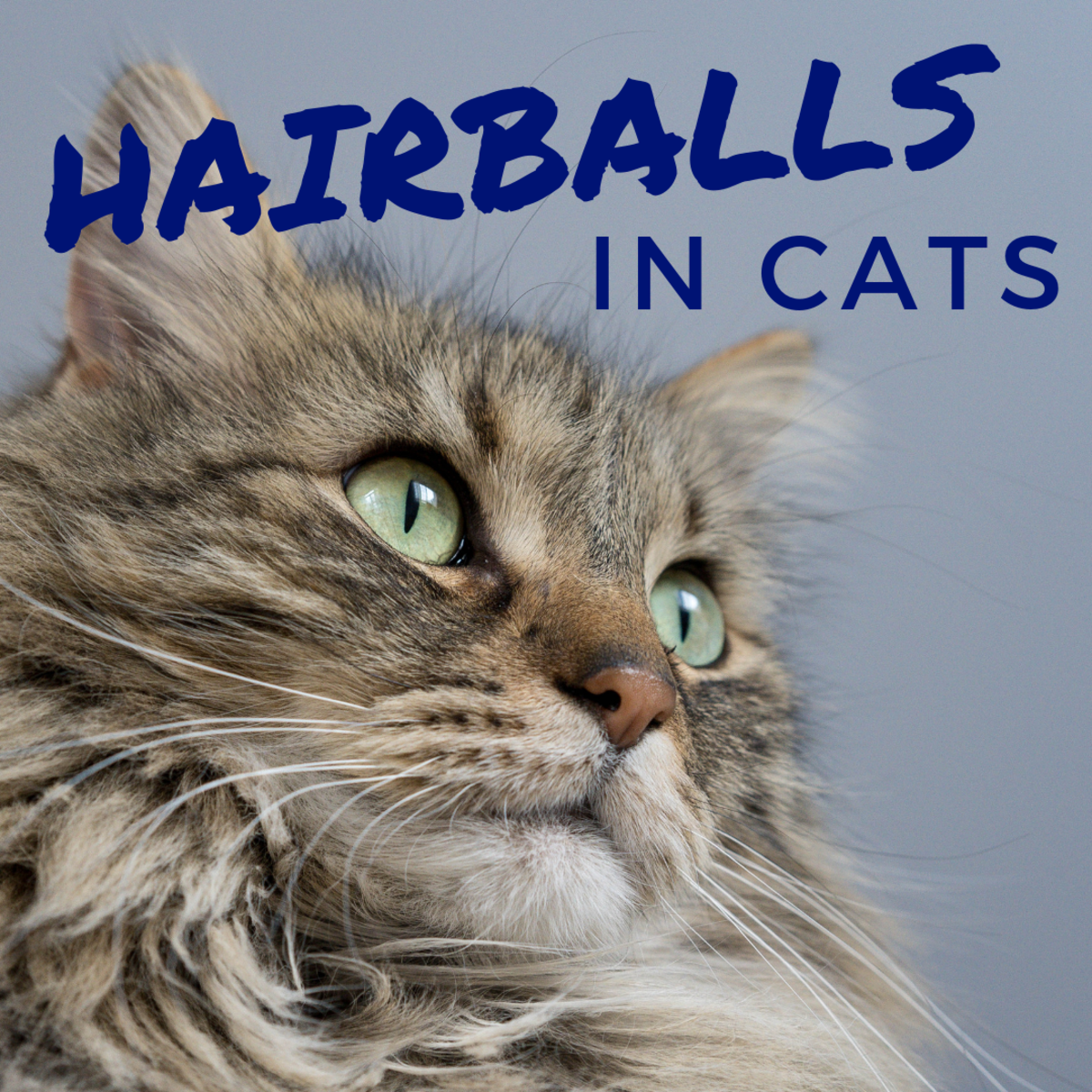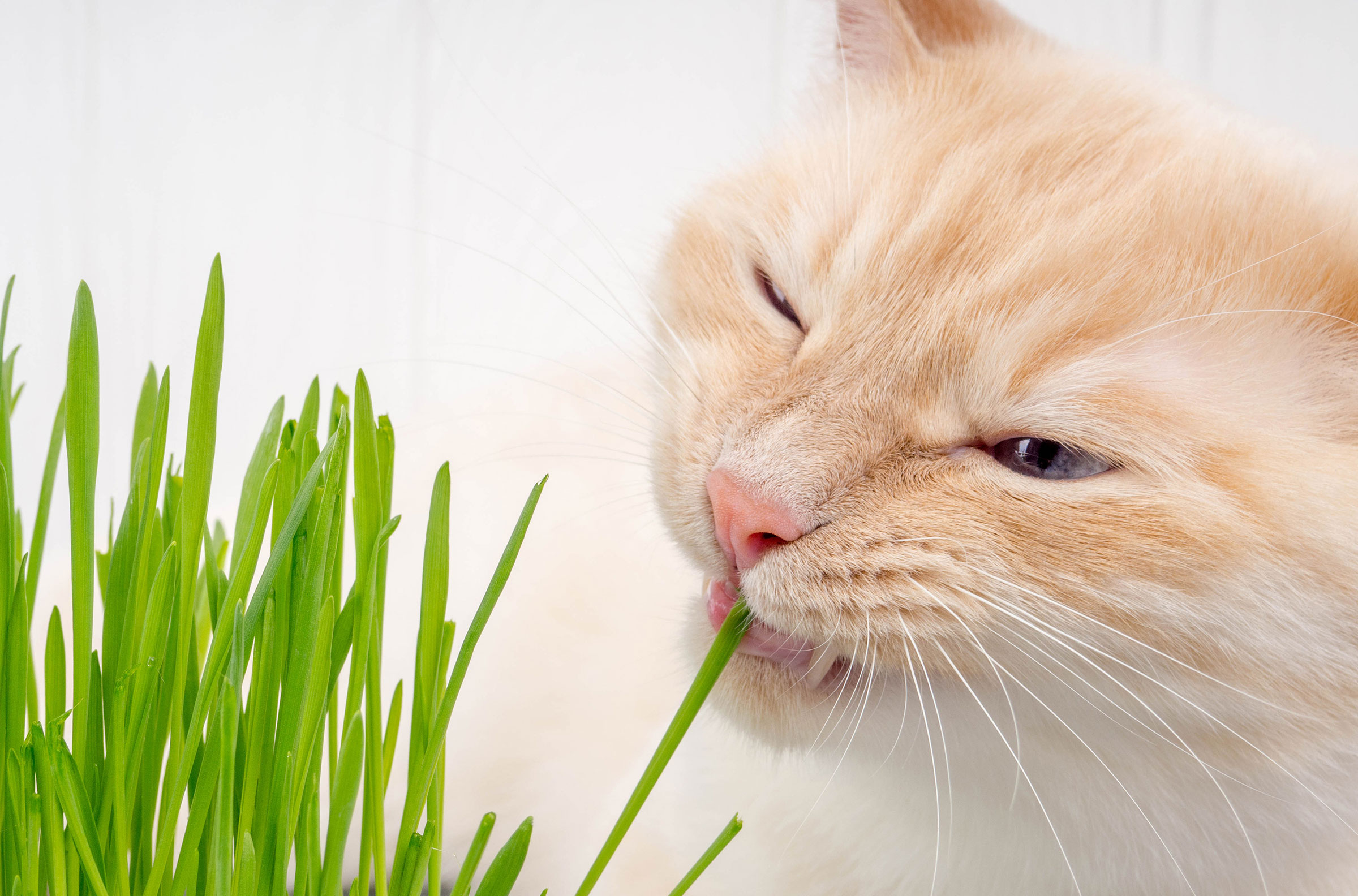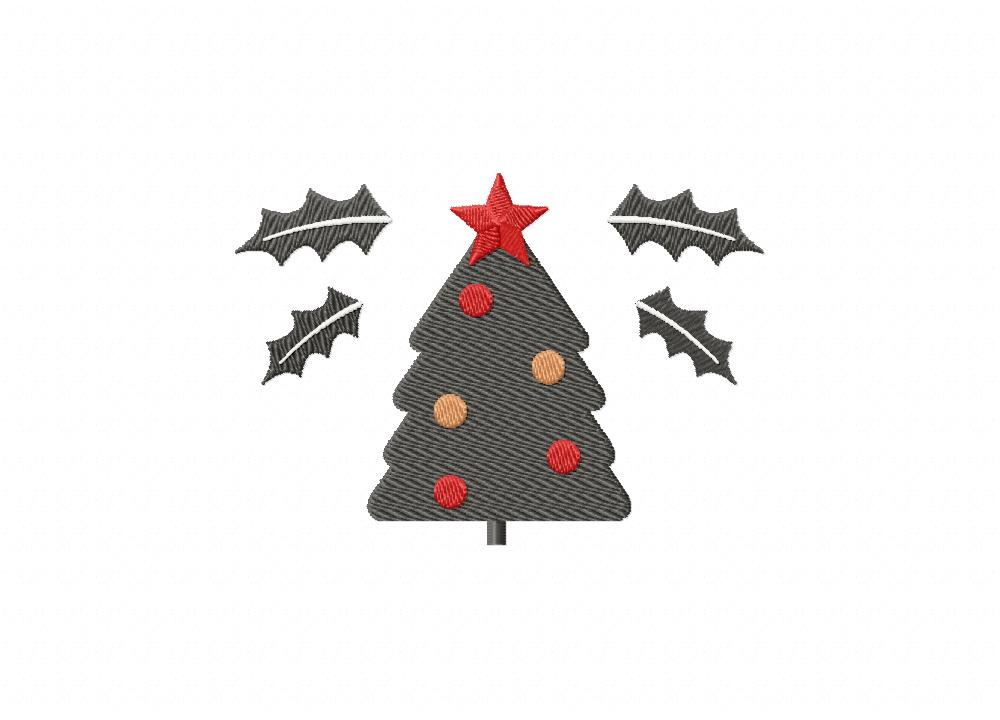Table Of Content

However, cats can vomit for other reasons that don’t involve hairballs. Many cats that regularly bring up hairballs have an underlying intestinal motility problem like Inflammatory Bowel Disease (IBD). The hair (which might have looked like a ball in the stomach) becomes stretched and compressed as it passes through the esophagus. For this reason, cat hairballs usually look like long, thin tubes of compacted hair.
PetsRadar Newsletter
In some cases, treatment consists of fluids and laxatives to help move the hairball along. In more severe cases, the hairball may need to be surgically removed by your veterinarian. She is a licensed veterinarian in Florida, splitting her time between shelter medicine and general practice.
Hack, Gag, Cough: Tips to Control Cat Hairballs - University of Wisconsin School of Veterinary Medicine
Hack, Gag, Cough: Tips to Control Cat Hairballs.
Posted: Mon, 11 Apr 2022 07:00:00 GMT [source]
Does Health Monitoring Cat Litter Work? Vet Reviewed Facts & FAQ
Similarly, if your cat is vomiting substances other than hair, it’s time for a trip to the vet to get to the bottom of the problem. Kittens and young cats are less apt to develop hairballs than older cats that, as well-experienced groomers, are likely to spend a good portion of their waking hours busily licking their coats. Long-haired breeds — such as Persians and Maine Coons — may be at greater risk for developing hairballs than are short-haired breeds.

Cat Hairballs: Why They Happen and How to Handle Them
The color is mainly that of the cat’s coat, darkened by the color of the animal’s food and various gastric secretions, such as green bile. The ejected matter will typically have an unpleasant but tolerable odor. Many felines prefer running water to still, and they may not like the smell or taste of tap water. You might consider getting your cat a water fountain to get them to drink more. Canned food may also provide enough hydration to help keep the digestive system moving properly, reducing the risk of hairballs. There are a number of hairball products on the market today, most of which are mild laxatives that help hairballs pass through the digestive tract.
How Do You Know If Your Cat Has Hairballs?
These GI contents may tint the hairballs a yellow or dark brown hue and can sometimes cause them to be confused with stool or regular vomit, although they’re not as smelly. Frequent hairballs can be an early sign that your cat is over-grooming, which can occur due to anxiety, pain, stress, itching, or certain skin conditions. It is especially important to visit your veterinarian if your cat’s hairballs are accompanied by any other symptoms, such as a loss of appetite, lethargy, diarrhea, or a change in behavior. Hairballs are a common and normal occurrence in cats, but they shouldn’t happen more than once every week or so. If your cat is having frequent hairballs despite providing appropriate preventive care, it may be time to see your veterinarian.
Talk to your vet before starting this routine to make sure it’s the best solution. If the hairball is too large, it will not be able to be eliminated from either end of your cat. Additionally, the presence of hairballs can cause other complications like constipation, repeated vomiting, and lack of appetite.
The educational cat health content on Cats.com is written by or reviewed by our team of veterinary experts to ensure that it’s in line with the latest evidence-based veterinary information and health guidelines. This educational content is not veterinary advice and does not replace consultation with a qualified veterinarian. Always talk to your vet before switching your cat’s food and make diet changes gradually to avoid stomach upset. Hairballs typically have a cylindrical, feces-like shape and usually come up with some clear or yellow liquid. If your cat’s eaten grass recently, grass or bits of undigested food may also come with the hairball.
Feline Health Topics
When your cat grooms, hair becomes caught in the barbs on cat’s tongue. If you’re tired of dealing with that slimy mess, don’t worry, there are steps you can take to stop hairballs once and for all. Diagnosis of intestinal blockage is based on physical examination, bloodwork, X-rays, perhaps ultrasound, and a history of the animal’s pattern of hairball regurgitation. If a blockage is detected, surgery may be required in order to remove the hairball. More often, however, therapy will center on protecting the intestines through several days of clinical care that includes the use of a laxative to move the hairball through the digestive tract. If your cat coughs up hairballs regularly, consider switching to a food specifically formulated to help reduce the issue.

Supporting Cat Health with Information and Health Studies.
There’s nothing like cleaning up a hairball to start your morning, and the ensuing cleanup is sure to leave a scowl on your face for the rest of the day. Luckily, preventing hairballs is simple, and it doesn’t take a large monetary or time investment to prevent your cat from frequently coughing up hairballs. Understanding the science of hairballs is the first step to conquering them.
As always, consult your veterinarian if you have any lingering concerns about your cats health or behavior. When your cat grooms themselves, tiny hook-like structures on their tongue catch loose and dead hair, which is then swallowed. The majority of this hair passes all the way through the digestive tract with no problems. Because hairballs pass through the narrow esophagus on the way out, they often appear thin and tube-like, rather than round. While their vomiting an occasional hairball isn’t anything to worry about, it’s more natural for cats to pass hairballs when they poop.
Hair trapped in the intestinal tract can cause serious problems, so it’s vital to have your cat seen by a veterinarian if you think she might have hairballs. Since hair cannot be digested, any hair that doesn’t pass out of the stomach and into the intestines balls up inside the stomach, where it remains until it is vomited up. Additionally, ask your vet about a feline diet formulated to help reduce hairball development. Hairball-control cat food contains increased fiber and contains fatty acids and other nutrients to improve your cat’s coat and reduce shedding.



















